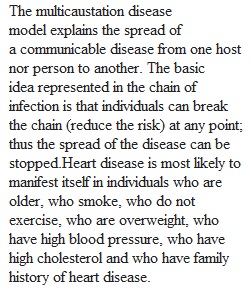


Q 1) Discussion Board Questions (DBQs) Participation: For each session, two questions will be posted to our class’s Discussion Board. These will usually be posted on or before the accompanying class session (depending on the College’s schedule as set by the Office of the Registrar). They will reflect required course readings, multimedia material outside the College’s network, lecture notes, etc. Students will be required to respond directly to a minimum of TWO (2) DBQs per session by 11:59pm on Tuesday nights, using 300 words. See full class schedule for specific weekly due dates. DBQ responses should be substantive and at least 200 words. For DBQ responses in the Discussion Board, please post responses to the threads provided. To respond, after reading the appropriate thread, click on Reply or Quote, type your response, and then post/submit the message. Please do not start a new thread. Only direct and substantive DBQ responses to the provided threads will receive full credit. A Background of the Profession
View Related Questions